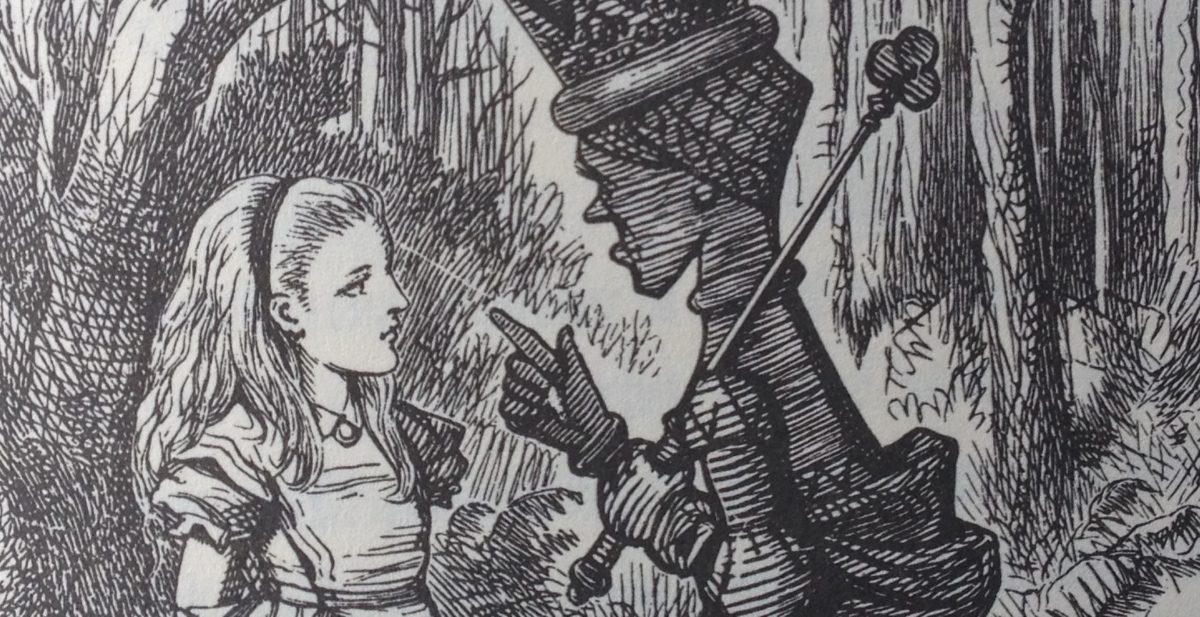
Here’s something from it that may be useful for others. I exclude Clerics whenever possible, partially to make the undead threatening as they should be. But there’s a way that I found interesting to deal with them anyway, a bit more involved than giving any character the change to turn them if they have an occult implement in hands. The framework follows:
Two cosmic forces in a setting fight over the undead. One of them wants the deceased to rest, the other wants them to walk. This can be for philosophical reasons or just because these irrational forces want it so, devoid of any morality or discourse. A character becomes capable of Turning or Controlling Undead, as per the original rules, according to which side they swear allegiance.
For example, in my drafts for a fairy PC campaign, the two sides are obviously the Seelie and Unseelie Courts in eternal war over what is beautiful:
“As it usually is with the fay, their war is a futile campaign. Instead of resources of power, those creatures of passion can only fight for idealism of beauty. They disagree with the most absurd of notions: the beauty of death.
The Seelie Court is the court of feasting summer, and holds that death can not be truly beautiful. That the long-lived fay, who can delight in everything the world can offer, is proof that only immortality carries true meaning. The chaotic Seelie bring the undead from their realm and confuse the natural order, wanting the world to flourish with as many as possible in rejection of the grim reaper, that ultimate destroyer of beauty. Curiously enough, they have no issue with killing for this point, and show little interest in bringing back to life those who were slain by opposing the court.
The Unseelie Court is the court of stygian winter, and holds that the finality of death is the only thing that creates meaning and beauty. They, cold as icy steel, war for the end of the spreading undead, so that the world is not threatened by the ugliness of a returning clock. Whether they proclaim such because they truly believe beauty to be dependent on memento mori, or simply because their notion of beauty can not deal with the mere thought of something going against the natural order, they wage war for it, and that’s what matters.”
This same framework can be applied to any struggling cosmic forces or main factions the setting needs. What’s important is gameplay. The obvious example is Law and Chaos. The simplistic framework Gygax gives to the Moorcockian struggle is one of good vs evil, of great civilization subjugating the savages with the white supremacist undertones we are all aware of by now. In that framework, Law would repel undead and Chaos would control them because Necromancy Bad and Chaos Bad therefore Chaos Necromancy.
In a more complex approach, one could say that Law is the force of stagnation and mechanical order, therefore it wants those that are dead to not return, while Chaos is wilder and the principle of life, bringing the dead back. You can invert it too. Law is mechanical and therefore it is what creates and controls undead, by creating clockwork robot zombies (literal, not metaphorical) with the soul of the tormented to serve and bring order to the universe, while Chaos represents a branch of individual dignity that fights for the dead to rest instead of being cogs for eternity. Not hard to imagine a contest where Law and Chaos to some extent reproduce dynamics from Schopenhauer’s Will and other thinkers’ Thanatos, optionally, for those who want influences external from fantastic literature (unless we follow Borges’ lead that philosophy is a branch of fantastic literature, anyway).
As shown from my personification of those two forces into actual courts of fairies, one can also use the same framework for opposing gods, or simply opposing schools of wizardry.
What are the benefits of this? Well, there are countless examples in fiction for magic users and great warriors either vanquishing or commanding the undead through the force of their will, and not all of them need to fit into a weird Christian Peter Cushing mashup, do they? Ok, but how does it work? Here’s the rule:
Player characters are considered Neutral at creation. Player characters may align themselves with either side temporarily or permanently. This can be done by either paying a toll to an associated entity for temporary alignment or undergoing a lengthy ritual to swear eternal fidelity. Eventually, player characters have no choice but to affiliate themselves forever.
Temporary affiliation lasts for one excursion. It grants +3 a chance to hit and +2 damage against monsters of the opposite court. Groups will have a penalty of -2 in reaction checks for characters affiliated with the opposite court as long as a member is temporarily aligned. They will not receive a bonus in reaction checks for characters affiliated with the same side as the aligned member, for those characters can recognize it is just temporary.
Permanent affiliation grants the benefits above and the power to Turn Undead or Control Undead depending on side. The original fantasy game is used as reference for how they work. Characters permanently affiliated will have a +1 bonus to reaction checks with monsters of the same court.
It is worth noticing that, if the group is mixed in alignments, they will have -3 to reaction checks for each side due to “hypocritical mingling”.
